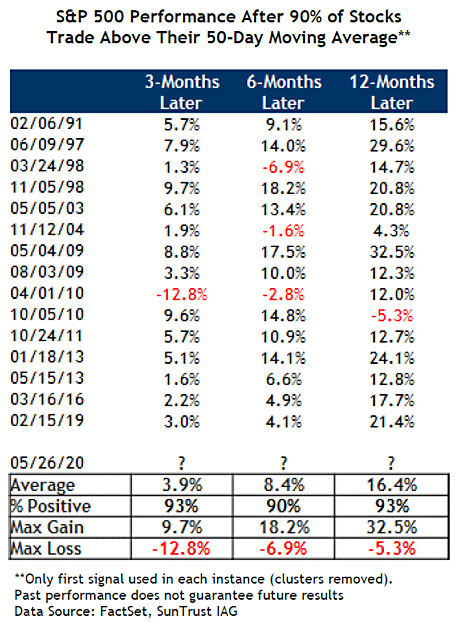After the turbulent action of the market since the second half of February, it seems the right time to stop and take count of where we are and where we might be going. The fast crash that followed the realization that COVID-19 was not like any other virus but it was going to require an unprecedented set of measures that would essentially halt many sections of the global economy, was then followed by a similar fast and furious recovery.
Many are questioning if the market might have been too optimistic in discounting a quick recovery from the damages of lockdown policies given that the real economy seems to be resurfacing in much slower fashion and in a scattered mode.
In previous missives, we highlighted how the forceful and unconstrained action by the Federal Reserve was most likely going to be successful in halting and reversing the downward trend that had taken hold of all markets, equities and bonds alike. However, the effects of monetary policy might be waning and any additional upside should be linked to increased allocation to equities compared to bonds and to improving fundamentals.
On the allocation side, we note data from JP Morgan which highlights how non-bank investors still show allocations to equities at the low end of the post-Lehman range. Current allocations are at 40%, which is below the historical average and way below the 49% peak recorded at the beginning of 2018. Given the low interest rate levels, high liquidity and lack of alternatives, it is reasonable to think that given a decent fundamental backdrop, we could eventually revisit levels closer to the 2018 peak. However, on a short-term basis, JP Morgan also notes some excesses among momentum traders and CTAs. We tend to agree, as we witness that most of the recovery is being experienced by large cap indexes such as the S&P 500 or NASDAQ 100 while average stocks are still significantly below their pre-COVID peaks.
In support of a positive longer-term resolution of this tug of war between bulls and bears, is data provided by Bloomberg’s John Authers. He quotes an indicator that looks at the percentage of stock being above the 50 -day moving average; this technical indicator quantifies whether the breadth of the market is improving which is a supporting trait of bullish action. While we often monitor a modified version of this indicator for contrarian short-term action, Authers shows how in the past, as stocks were recovering from downturns, this ratio had a pretty strong long-term positive bias when above 90%. In fact, the next 12 months’ action of stocks after crossing the 90% mark was always positive since the 1991 recovery, with the exception of 2010. Full data are shown on the following table (courtesy of John Authers, Bloomberg).

In conclusion, barring a disastrous potential second wave of the virus in fall, it may be reasonable to expect short term indecisive action but a long-term positive resolution.
